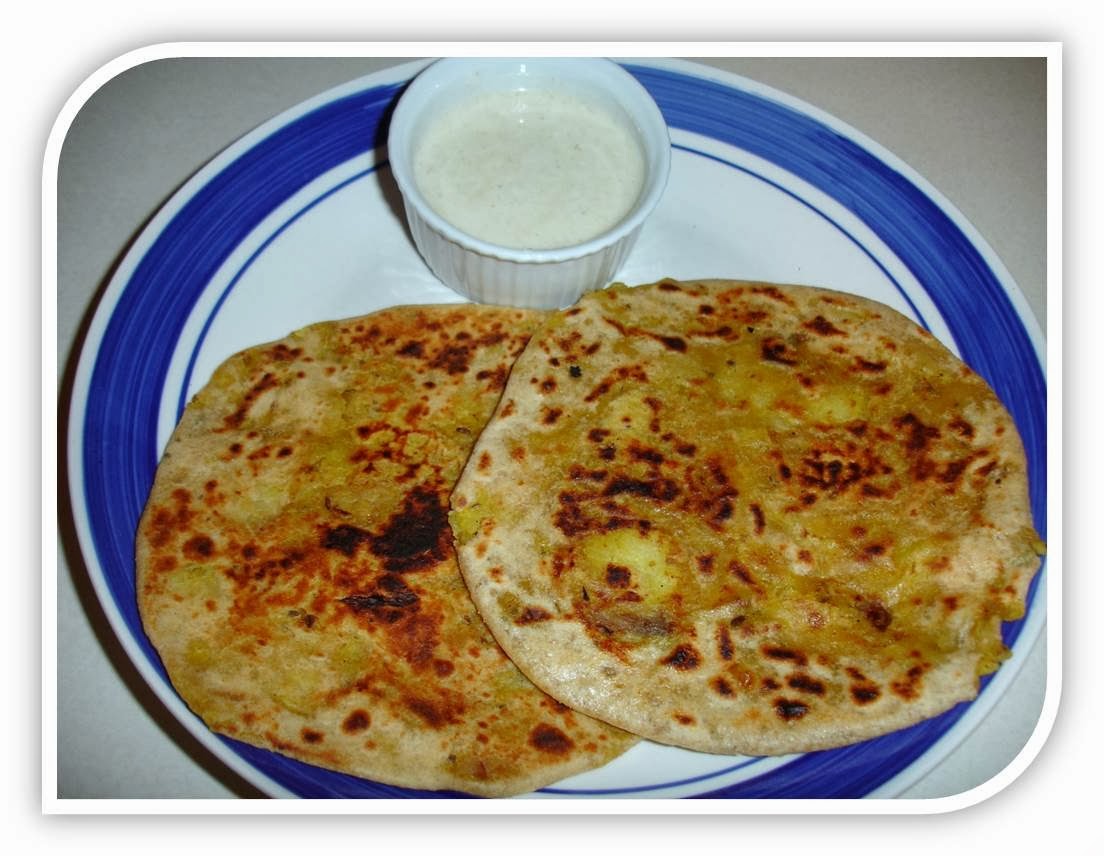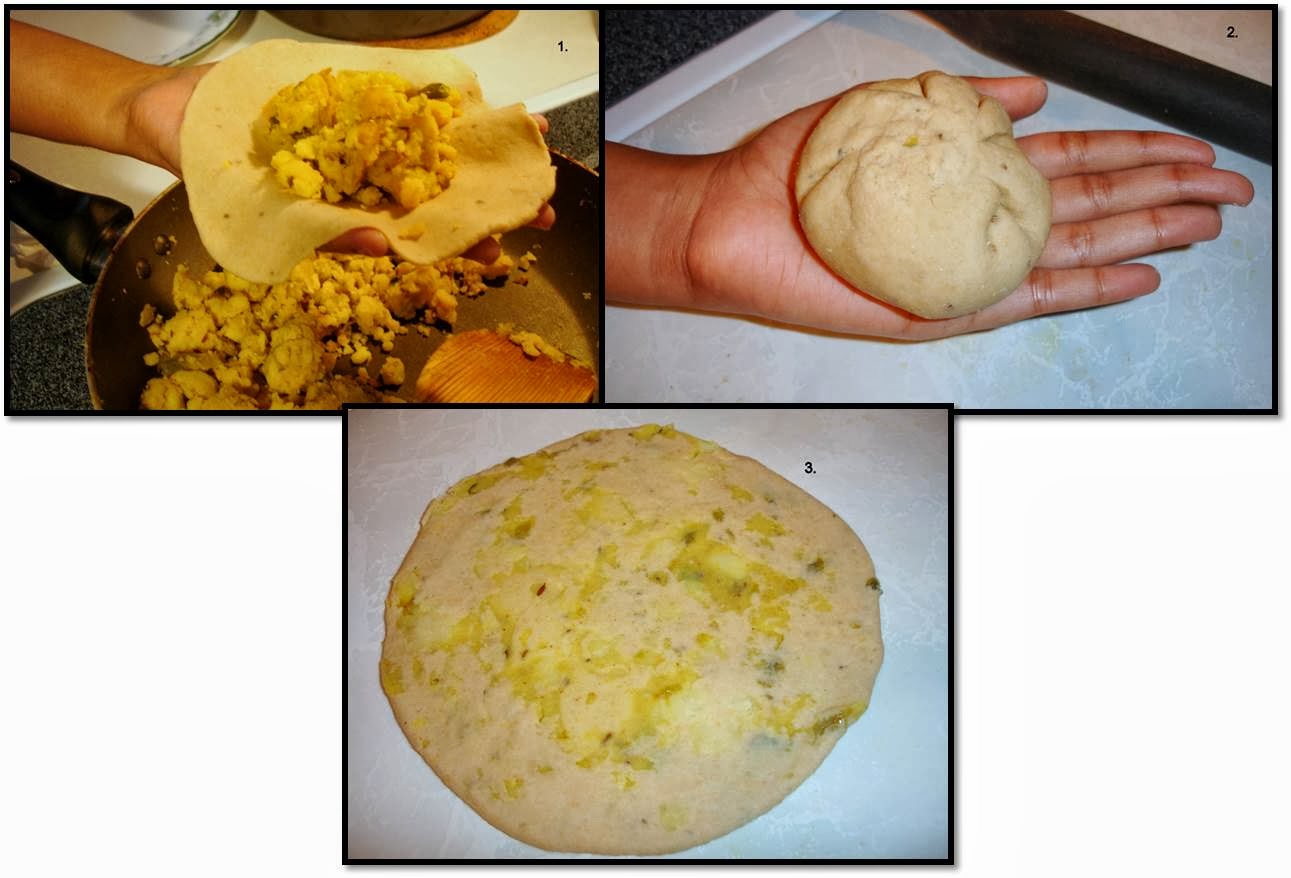Sometimes, something as simple as a certain note in a fragrance can completely transport us to a special place and time. A whiff of sandalwood, a breeze tinged with eucalyptus, the warm scent of fresh henna, the aroma of curry leaves spluttering in ghee. It is a surreal kind of time travel. I am usually not too sentimental (well, I try), but some tastes and smells are strongly evocative to me. It brings me to the brink of memories - bitter, sad, exhilarating, comforting. And the heady mix of coffee, cocoa, and cream of a Tiramisu is one of those.
So, Tiramisu has special meaning in our lives. We both love it for different reasons. Since I'm driving myself with small incentives and rewards to keep up my motivation to finish my goals for the week, I thought tiramisu (both making and indulging in it) would be a good incentive at the end of the week. I thought of trying something different to replace the traditional ladyfinger cookies that lace tiramisu. So, this version is a hybrid between a tiramisu cake and traditional tiramisu. I baked an eggless vanilla cake, cut it into 2 layers, trimmed the layers, and then assembled them with layers of coffee, mascarpone-cream, and whipped cream. Being eggless, it is not an authentic Italian version, but it's a good enough substitute for us! As long as there is coffee, cream, and cocoa...
I baked the cake one evening, then whipped together the simple filling the next evening. And assembled everything. The tiramisu has to be refrigerated for about 4-8 hours before serving.
Ingredients for the Vanilla Sponge Cake:
- 2 cups all-purpose flour
- 1.5 cups sugar
- 1 teaspoon baking soda
- 1/2 teaspoon salt
- 1 cup milk (at room temperature)
- 1 tablespoon vanilla extract
- 1 tablespoon lemon juice / vinegar
- 1/2 cup vegetable oil
Baking the Cake:
- Preheat oven at 350 F.
- Sift and mix all the dry ingredients
- Whisk together all the wet ingredients, except vinegar or lemon juice
- Slowly fold/mix the dry ingredients with the wet ingredients.
- Finally add lemon juice/vinegar and stir gently until incorporated. Transfer to a 9 inch cake pan and bake for 35 minutes or until a tester comes out clean
Cool the cake on a cooling rack for 10-15 minutes and then loosen the edges and flip onto a plate. When completely cool, using a serrated knife, cut the cake longitudinally into two layers. Then either cut the cake into long strips similar to ladyfinger cookies typically used in tiramisu, or cut the cake to fit the dish you are going to assemble the tiramisu in. I cut out two rectangles from the two circular layers and used the remaining pieces to fill up my dish (as seen in the pictures below).
Coffee Extract:
In one cup of hot water, stir 1 tablespoon instant coffee and 1 teaspoon sugar. Let the coffee come to room temperature. Then stir in 1 tablespoon Kahlua/coffee liqueur (optional, but recommended).
Ingredients & procedure to prepare the whipped-cream topping:
- 1.25 cups heavy whipping cream
- 1 tablespoon prepared coffee extract
- 1 tablespoon Kahlua/coffee liqueur
- 1/4 cup sugar
- 1 teaspoon vanilla extract
Whip the cream until it begins to form soft peaks. Add coffee extract, Kahlua, vanilla extract and sugar and continue to whip until stiff peaks form. Reserve 1/4 cup of this whipped cream to mix with the filling below.
Ingredients & procedure to prepare the mascarpone filling:
- 8 ounces (1 package) mascarpone cheese
- 1 tablespoon prepared coffee extract
- 1 tablespoon Kahlua/coffee liqueur
- 1/4 cup milk
- 1 tablespoon sugar
- 2 teaspoons vanilla extract
- 1/4 cup prepared whipped-cream topping
In a bowl whisk/mix together mascarpone, coffee extract, Kahlua, sugar, and vanilla extract until smooth. Add milk and whisk in. Gently fold in 1/4 cup whipped cream until just combined.
Assembling the Tiramisu:
Additional ingredients needed: A couple of tablespoons of unsweetened cocoa powder and chocolate shavings of your choice. I used some peppermint-chocolate shavings, because we love mint and chocolate, and of course, coffee!
Here's how the tiramisu is assembled (usually Tiramisu has three layers of ladyfinger cookies/cake sandwiching the filling and topping. But just for simplicity, I made only 2 layers. So depending on how many layers you want to form, distribute the filling and cream accordingly)
- Place one layer of cake that is cut into desired shapes into the dish of your choice.
- Use half of the remaining coffee extract, and spoon it over the cake until the cake absorbs the coffee.
- Use half of the mascarpone filling and spread it over the cake
- Use half of the whipped cream and spread it over the cake
- Dust some cocoa powder on top
- Repeat with the second layer of cake, cut into desired shapes.
- Ladle remaining coffee extract on top of the cake
- Spread remaining mascarpone cream on top
- Spread remaining whipped cream on top
- Close the dish and refrigerate for at least 2 hours or overnight to let the flavors meld.
Dust some cocoa powder on top and sprinkle some chocolate shavings. Cut a piece and enjoy!






